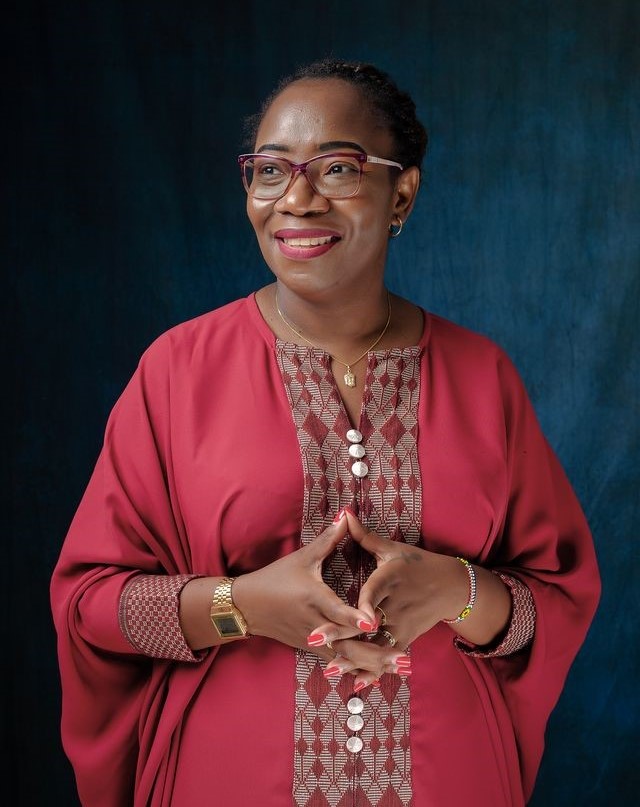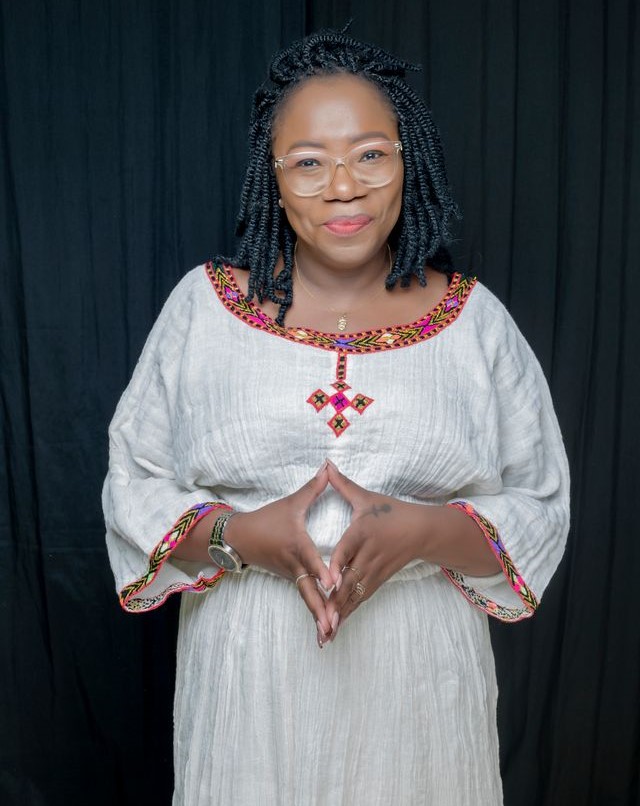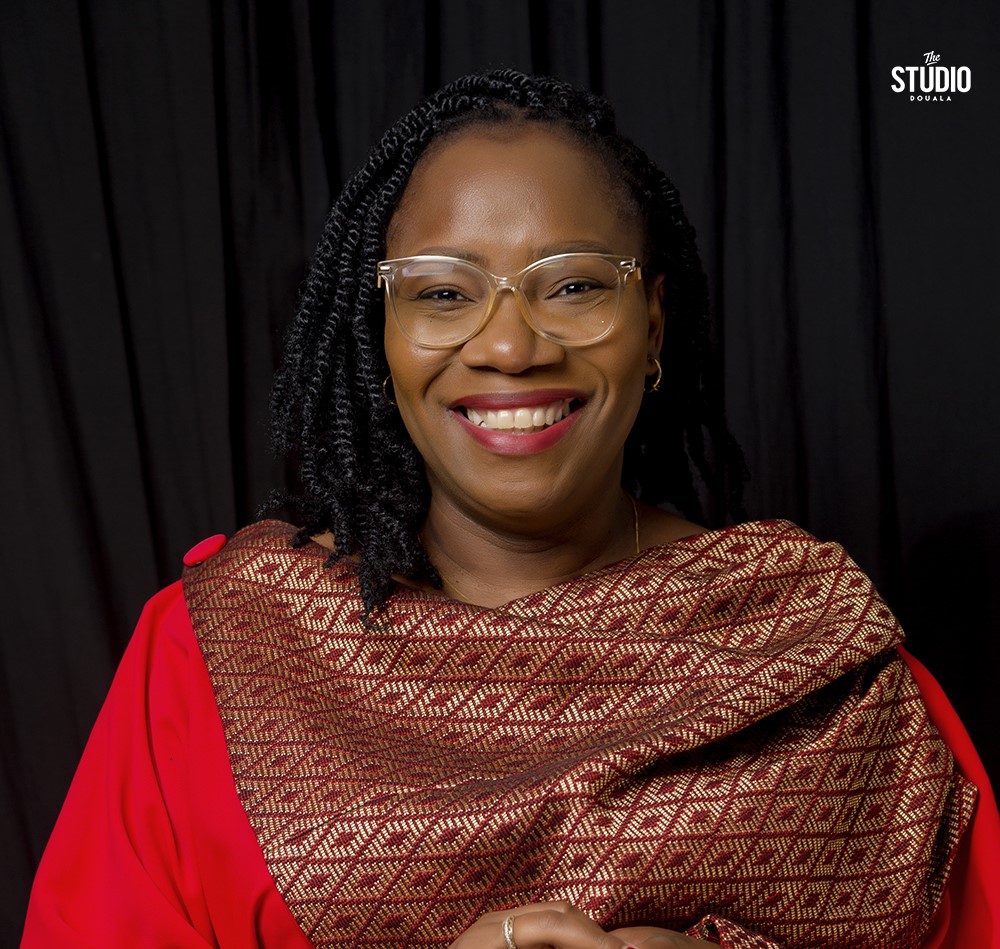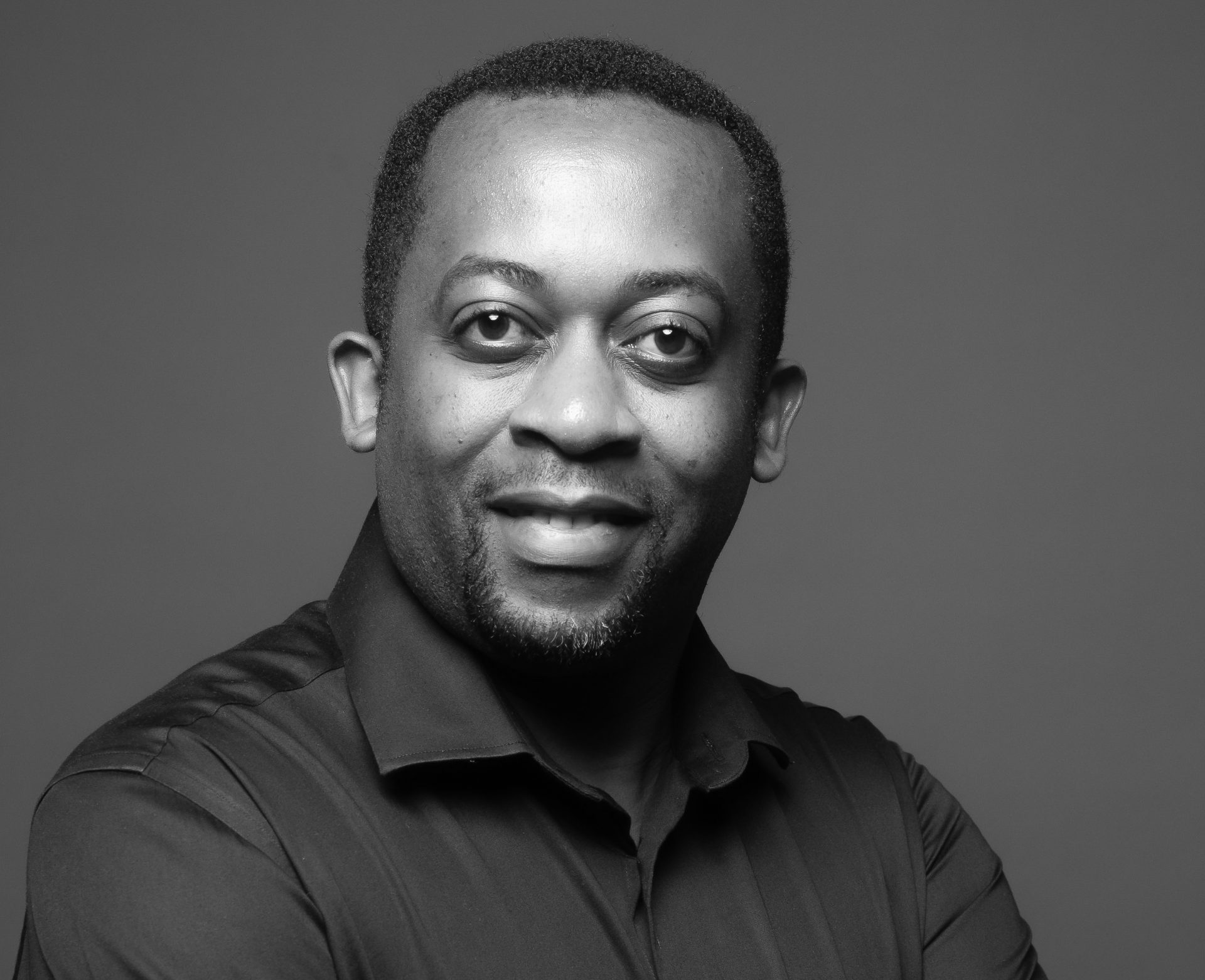Armelle Nyobe is a Policy and Communication Analyst for the African Constituency Bureau for the Global Fund.
As a fellow professional in sustainable development, I’ve dedicated the past 17 years to studying the implications of conventions and declarations, and attending international conferences and board meetings. In this time, I’ve come to a realisation that remains unchanged: from meeting to meeting, from bilateral discussion to bilateral discussion, the negotiating tables and corridors become places where non-verbal communication sometimes carries more weight than words.
This personal journey has led me to share my insights on deciphering body language in negotiation situations. Amid action, conversations are often filled with words that can be distracting. Their weight and importance captivate us so much that key points can sometimes be missed.
Recently, I participated in discussions with an essential partner. Following the meeting, all the members of our delegation were dismayed and annoyed at having been treated with indifference, as if their opinions didn’t matter. This unfortunate incident prompted me to write this article. I would never have imagined writing such an article, but sometimes reality confronts us and forces us to act.
When the unspoken speaks out loud
It’s always fascinating to discover how much the body speaks without words. I believe that, unless you’re exceptionally trained to conceal your emotions, a person’s body language almost unfailingly reveals their true feelings.
During an exchange, whether friendly or confrontational, physical reactions often speak louder than words. Non-verbal cues, such as crossed arms, leaning backward or forward, stiff movements, or a tense face, are all tell-tale signs. They indicate not only how we feel about the person in front of us, but also how receptive we are to what they are saying.

For example, a body leaning forward may suggest interest and openness, while crossed arms may indicate a defensive position or disagreement. These subtle (or sometimes not-so-subtle) reactions are the keys to effective communication. They function as an emotional mirror, reflecting the inner state of the conversation participants.
By observing these signs, we can navigate our social interactions more effectively, adjusting our behavior and approach based on the bodily responses we perceive. This understanding empowers us to take control of our interactions and influence the outcomes.
So, what’s culturally acceptable?
Everyone will tell you that it’s not polite to fiddle with your phone or computer when you’re engaged in a conversation or negotiation (this also applies especially to the members of your delegation), as it shows disinterest in what’s happening around the table. In contrast, taking notes shows interest and is tacitly appreciated.
Gestures are also deeply rooted in cultural codes. Even subtle movements, such as the victory sign, can be perceived as offensive in some countries if presented improperly. For example, nodding generally implies approval in the Western world, whereas, in some parts of India, it may signify refusal.
In many African cultures, eye contact has specific rules according to age and status. For example, among the Zulu in South Africa, maintaining direct eye contact with someone older or of higher status can be a sign of disrespect. On the other hand, in certain formal situations, direct eye contact may be expected to show sincerity and commitment.
How people use their voices, including tone, volume, and speech rate, also plays an important role in non-verbal communication. In some cultures, speaking loudly may be normal and considered dynamic; in others, it may be seen as aggressive or impolite. In some African contexts, speaking with one’s hands can be a common and expressive communication element.
In West Africa, for example, animated gestures are commonly used to stress speech. However, pointing one’s finger at someone, especially an elder or a person in a position of high responsibility, can be seen as a sign of disrespect. It’s important to note that certain hand gestures can be interpreted differently in different communities.
The situation gets even more complicated when discussions involve two different ethnocultural or racial groups. Words, attitude, posture, and everything else quickly take on a different, often harsh tone.
When racial paternalism speaks louder than words
Racial paternalism is a form of discrimination based on the idea that certain races or ethnic groups are inferior and need to be guided, protected, or controlled by individuals of a race considered to be superior. This notion has frequently been used to justify racist policies and condescending behavior towards minority or marginalised groups.

Individuals experiencing racial paternalism may be subject to biased interpretations of their non-verbal cues. Their facial expressions, gestures, or postures may be perceived through the lens of racist stereotypes, leading to inaccurate conclusions about their true intentions or emotions.
Racial paternalism can also translate into controlling and dominating behaviors in non-verbal communication. Individuals considered inferior may be subtly or overtly manipulated in their interactions through paternalistic gestures or condescending attitudes.
The power dynamics associated with racial paternalism can create tensions and misunderstandings in interracial interactions. Non-verbal expressions can amplify such tensions, as gestures that are misinterpreted or perceived as condescending can further compound existing prejudices and inequalities.
In the face of racial paternalism, non-verbal communication can also be a means of reclaiming empowerment and resistance. Individuals belonging to racialised or minority groups can consciously use their body language to assert their autonomy, dignity, and cultural pride, thus thwarting any attempts at domination or paternalism.
Gaining greater insight
I have highlighted the importance of understanding and recognising non-verbal cues in interactions, as well as the challenges and opportunities they present in intercultural communication and the fight against racial paternalism.
Developing an awareness of non-verbal cues is an invaluable skill for your effective communication, especially in negotiations and cross-cultural settings. By tuning into body language and unspoken signals, you can navigate interactions with greater insight, cultivate deeper connections, and promote mutual understanding. Mastering the art of non-verbal communication empowers you as a perceptive, empathetic communicator.
The next time you are in a discussion or negotiation, pay attention not only to what is being said, but also to how people are speaking. Silent dialogue often offers valuable insights into the likely outcome of your exchanges.





